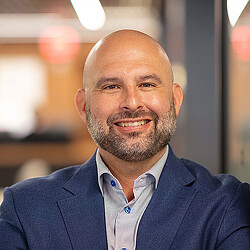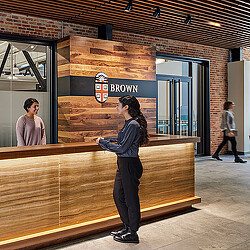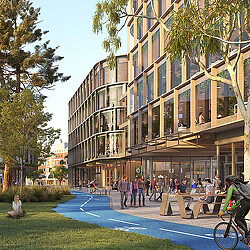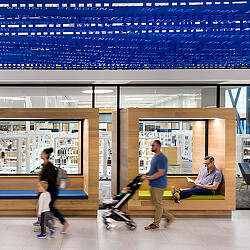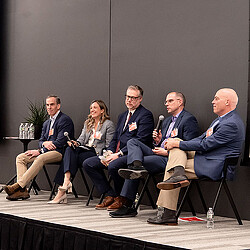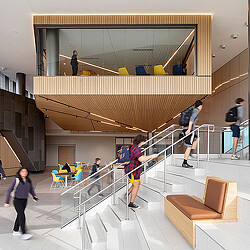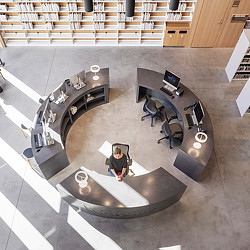Designing Campus Spaces for Tomorrow’s Workers in the Age of AI
Higher education institutions that embed human-plus-technical skills into an ecosystem of third spaces will help prepare tomorrow’s workforce.
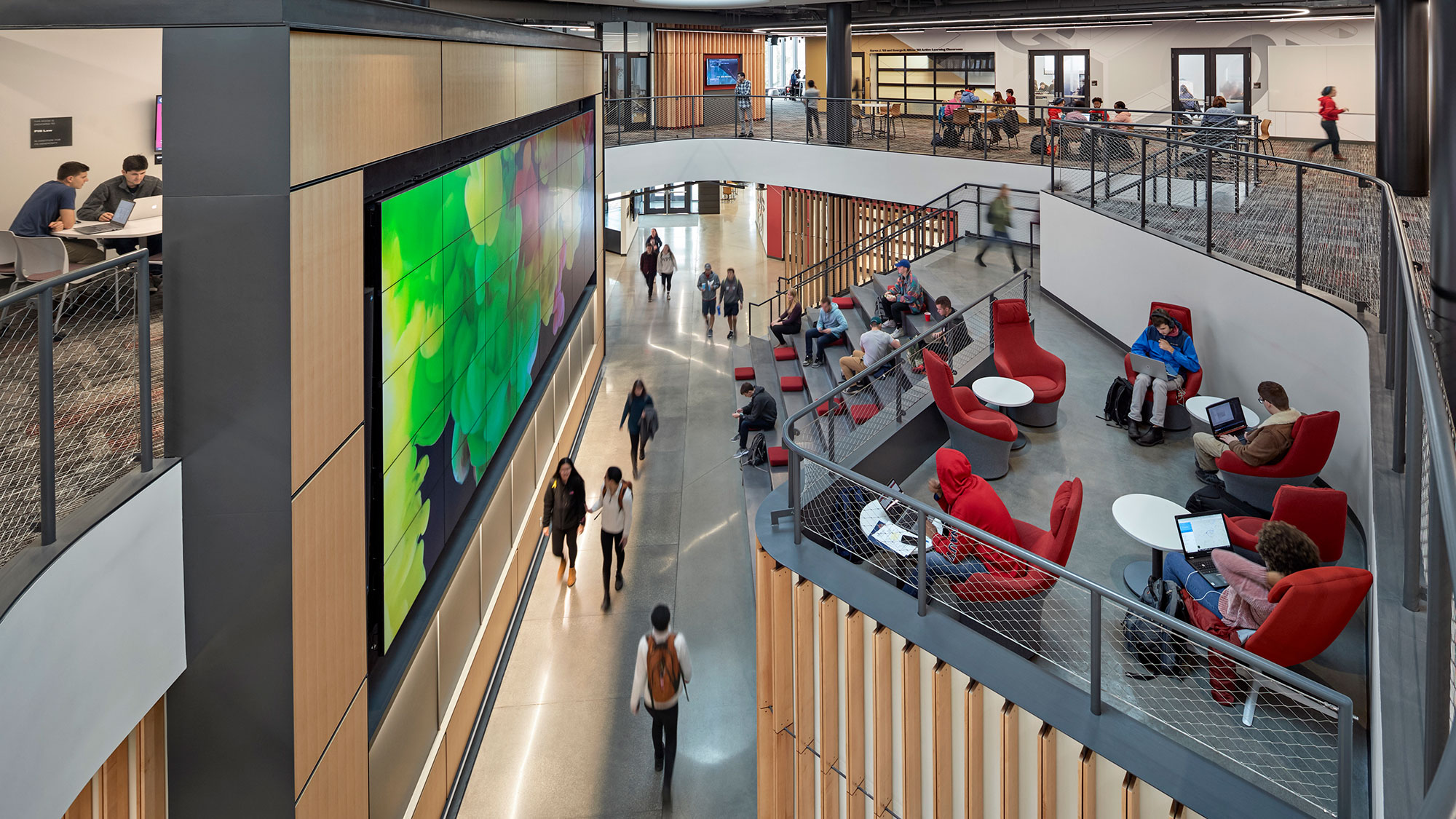
While companies struggle to adapt their organizations and workflows to AI, college students have already rapidly embraced AI tools. In February 2025, a U.K. study found that 92% of college students use AI tools regularly, up from 66% just 18 months prior. Companies are already anticipating the future, and the World Economic Forum projects the fastest-growing job skills by 2030 to be “AI and Big Data.”
Technology skills will help recent graduates get ahead in the job market, but other capabilities will be equally important to developing long-term careers. In May 2025, a survey of U.S. hiring managers reported that more than half said recent grads were unprepared for the workforce, and 65% said they had to terminate a recent graduate because they were not able to perform the role they were hired for. Similarly, the National Association of Colleges and Employers found a notable perception gap between students’ self-ratings and employers’ ratings in leadership/professionalism and critical thinking/communication.
But what skill sets are missing? With speed, accuracy, and scale, AI handles tasks once left to specialized graduates — drafting, summarizing, basic research, and initial creative work. The value of highly skilled workers has shifted from producing content to applying human judgment and adding nuance and depth to AI-generated outputs. Workers’ value is in the uniquely human contributions that AI cannot replicate, such as strategic thinking, complex problem-solving, emotional intelligence, and interpersonal interactions.
What does this mean for future higher education campuses? The institutions that lead the way will integrate human-plus-technical skills into an ecosystem of third spaces — bridging formal education with the development of intellectual and emotional skills, and allowing students to engage in team-based, real-world work that emphasizes human connection. Spaces that practically teach students how to adapt, problem-solve, and persuade, while learning how to use AI, will be most critical.
Key takeaways:
- Libraries are evolving into hubs for AI literacy and independent learning, offering students hands-on access to digital tools and critical research skills.
- Incubators and maker spaces are essential environments for students to build technical fluency and practice essential human skills like creativity, leadership, and collaboration.
- AI-focused computing centers are creating interdisciplinary spaces that connect students with cutting-edge research and industry collaboration.
- Residential communities on campus counter digital isolation by fostering diverse, inclusive communities that support diverse student experiences.
Libraries
The future of AI is uncertain, but it’s clear that tomorrow’s workforce must cultivate a habit of continuous learning. Learning is no longer passive — if it ever was — and libraries have embraced their role in helping students take ownership of their growth. Teaching discovery and research skills remains central to their mission, and increasingly, libraries serve as platforms for the tools and practices that prepare students for the work ahead. Today, libraries are evolving into platforms for AI and information literacy, research skills, and critical evaluation.
Tomorrow’s campus will leverage spaces that integrate libraries’ unique services, like digital scholarship studios and technology-enabled collection teaching labs, to put AI literacy in students’ line of sight, normalize ethical use, and help students build the habits and skills of independent and self-directed learning.
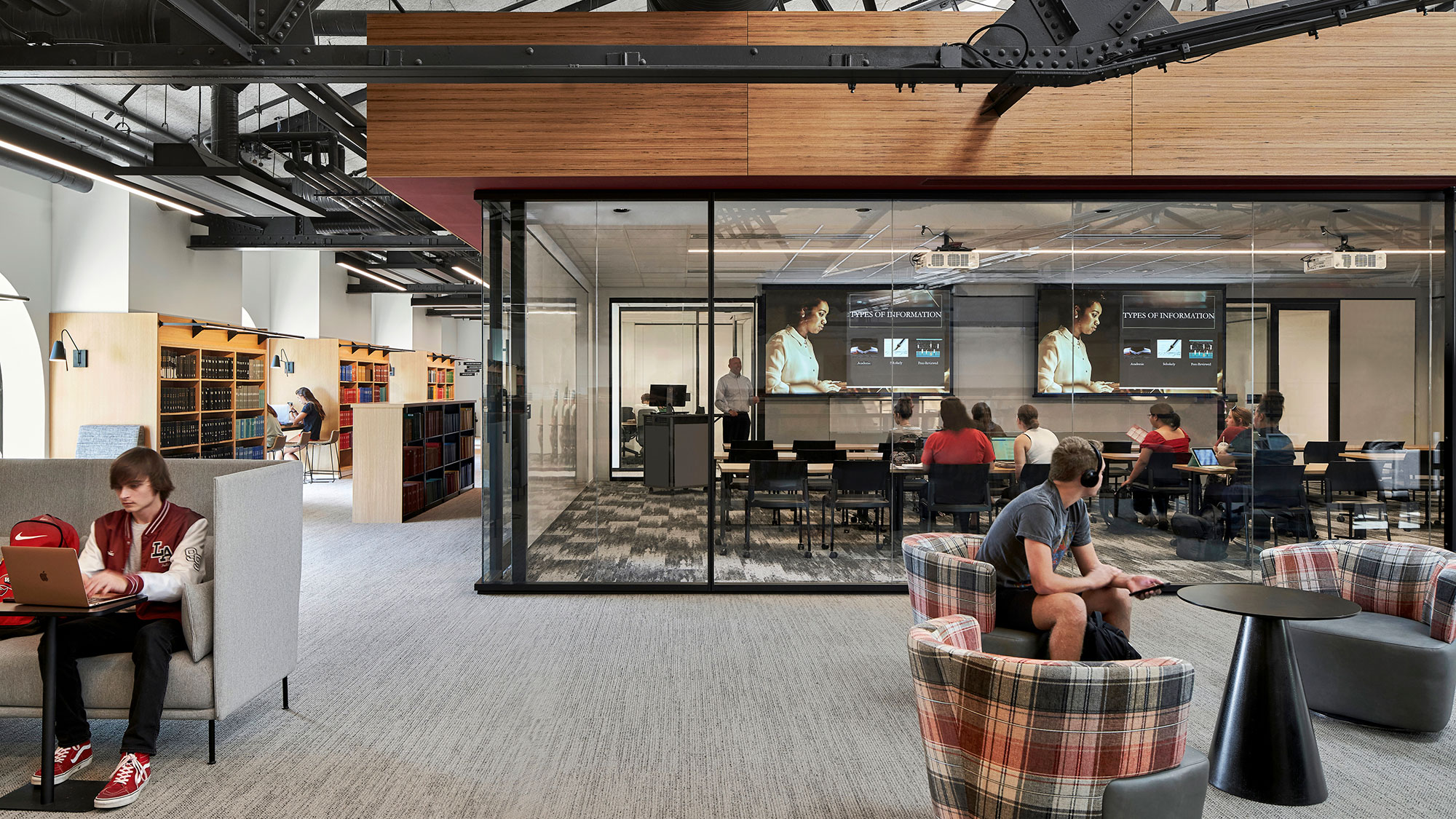
Incubators and Maker Spaces
The World Economic Forum reports that a critical mix of skills will be required in the future. After technology-related skills, the next most critical will be creative thinking; resilience, flexibility, and agility; curiosity and lifelong learning; and leadership and social influence. Maker spaces and innovation labs are uniquely equipped to give students repeated, low-risk chances to practice the human skills future employers will value, while building technical fluency with tools, including AI.
Top 10 fastest-growing skills by 2030
2. Networks and cybersecurity
3. Technological literacy
4. Creative thinking
5. Resilience, flexibility, and agility
7. Leadership and social influence
8. Talent management
9. Analytical thinking
10. Environmental stewardship
Source: World Economic Forum
This will increase focus on spaces where students learn to solve problems through exploration, providing opportunities to develop and integrate more complex “human” skills, including collaboration, leadership, and creativity.
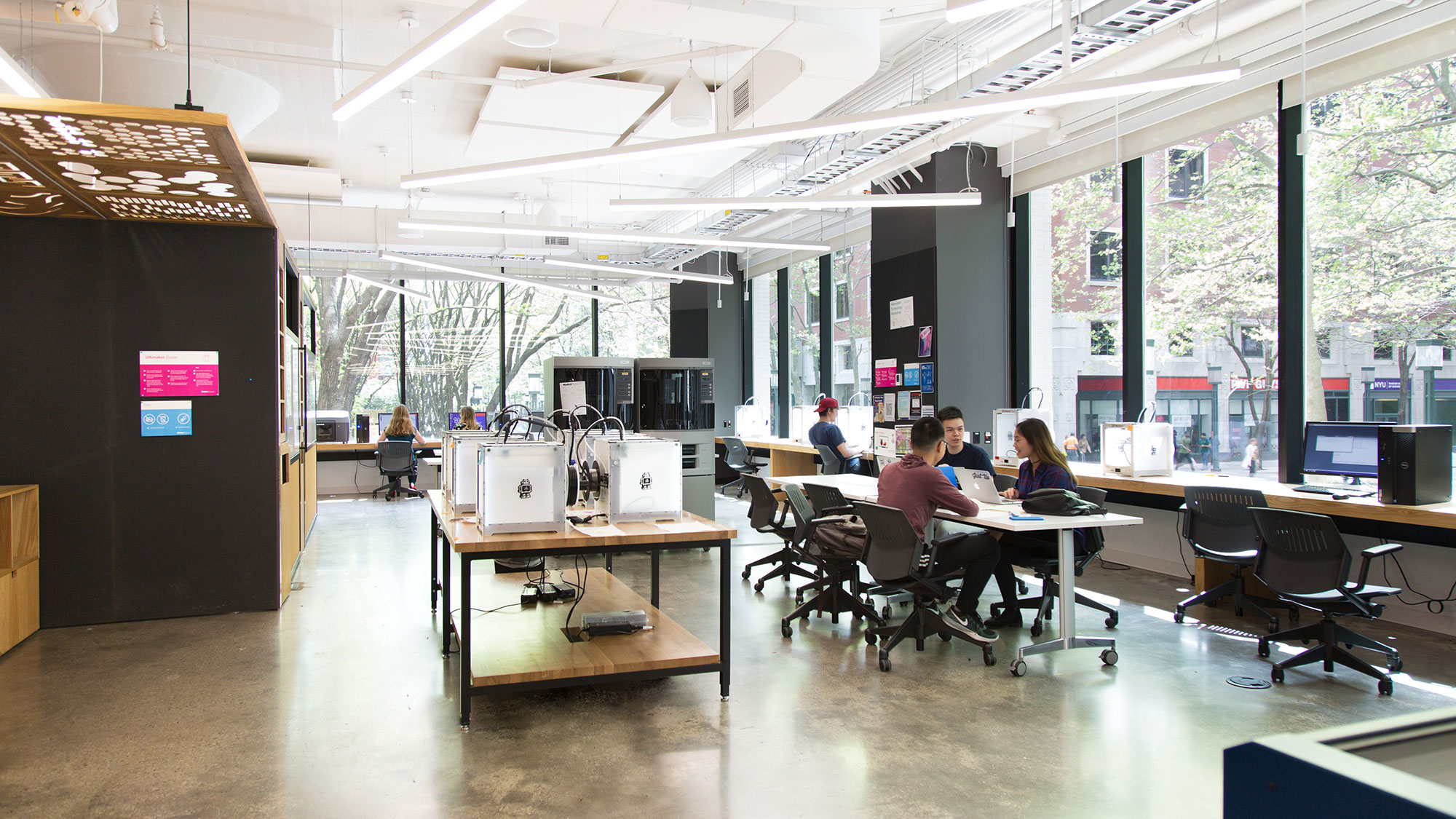
AI-Focused Computing Centers
Colleges and universities are making historic investments in computing centers and forming consortia, like Empire AI, to attract top-tier research talent. Access to these tools and computing power can create powerful places where both academia and industry can work and collaborate. The design of these spaces is only beginning to be explored, but they hold strong potential to introduce students to an AI-focused work environment.
Colleges and universities will continue to add data centers and high-performance computing centers, and thoughtful design can increase their impact on campus by making the value of these resources visible and tangible, leveraging them as attractors to bring people together across disciplines and connecting students to research and industry.
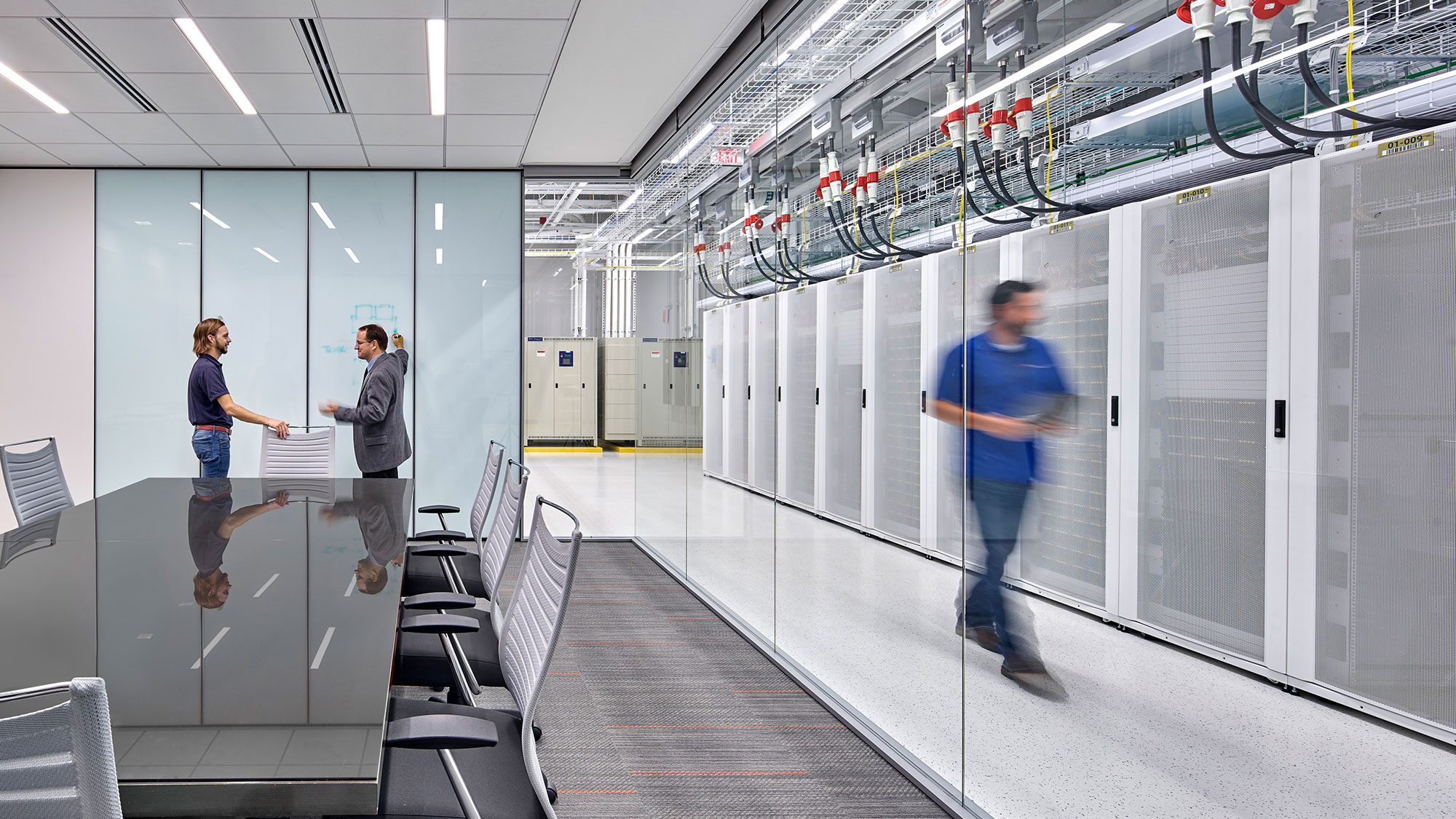
Residential Communities
As AI grows more conversational and tailored to our preferences, it can accelerate the impulse to retreat into private life and like-minded circles. Yet work — and a healthy civic life — requires collaborating across differences. Campus living, as a microcosm of the wider world, can counter that trend by fostering diverse connections. Live-learn communities can further integrate work and life, bringing social and global perspectives directly into the educational experience.
Tomorrow’s campuses should prioritize spaces within residences that blur the lines between personal and community spaces, creating holistic work, life, and play experiences. These spaces and programs should connect students to diverse communities as an antidote to the post-COVID retreat into a privatized life.
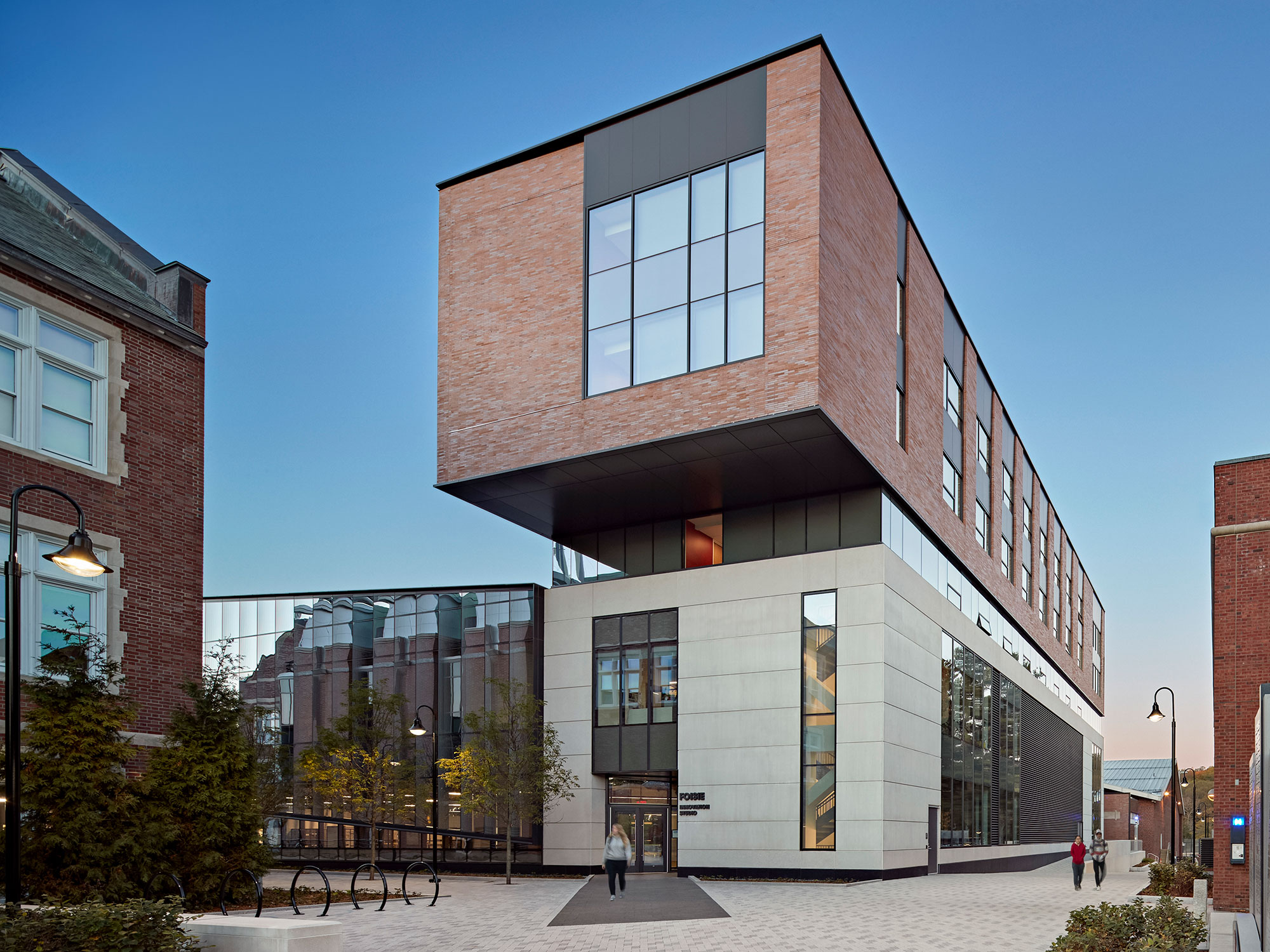
By fostering collaborative learning, critical thinking, and human relationships, campuses can be a powerful antidote to AI. Designed well, campus third spaces turn AI users into AI leaders — people who can frame problems, work in teams, and communicate decisions. By linking spaces with services, policies, and programs, higher education institutions can make results measurable and durable, graduating students who are ready to shape how AI transforms work.
For media inquiries, email .
